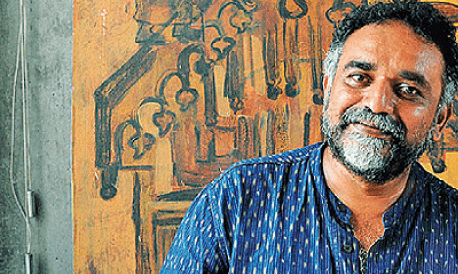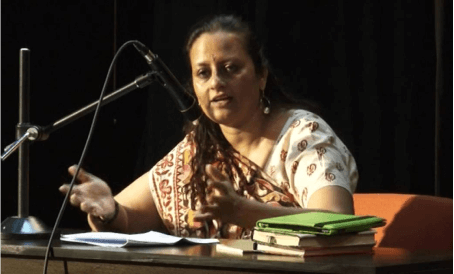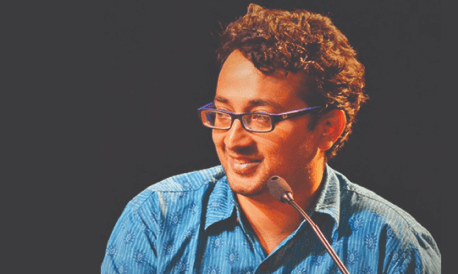Kattingeri Krishna Hebbar
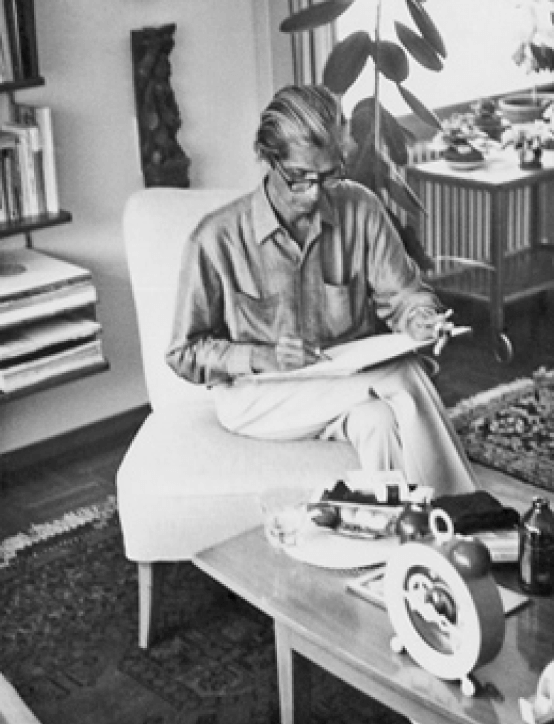
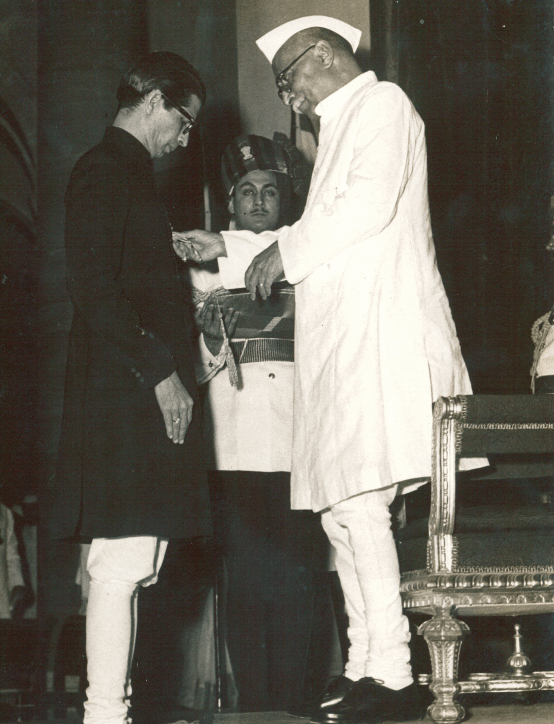
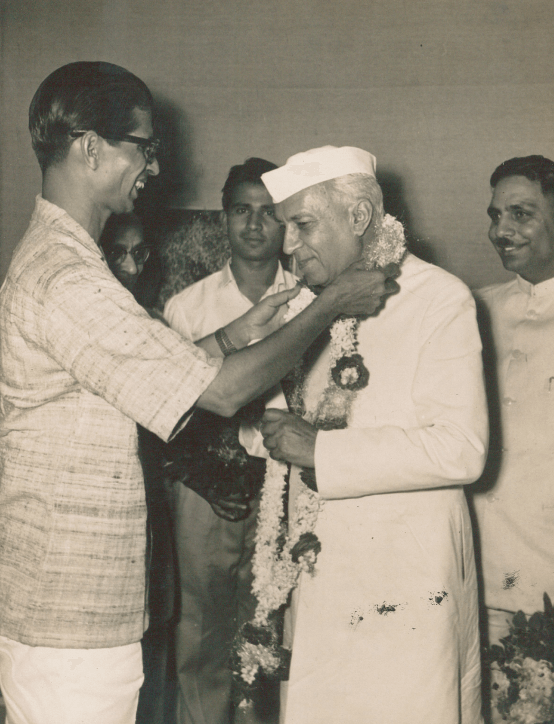
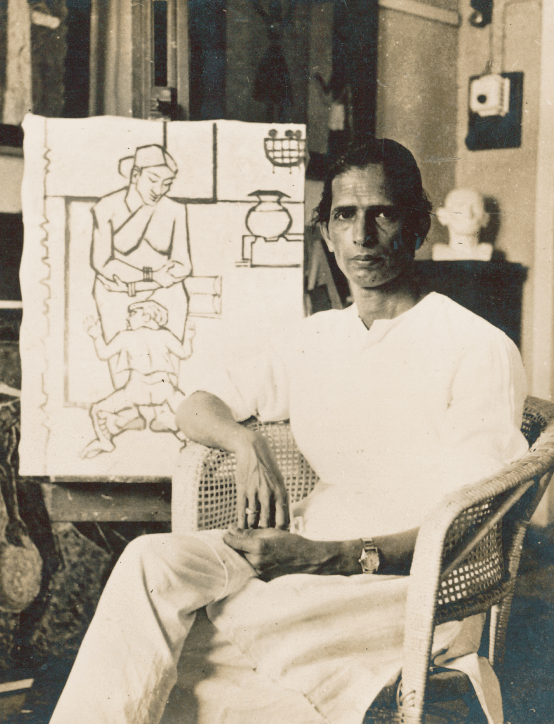
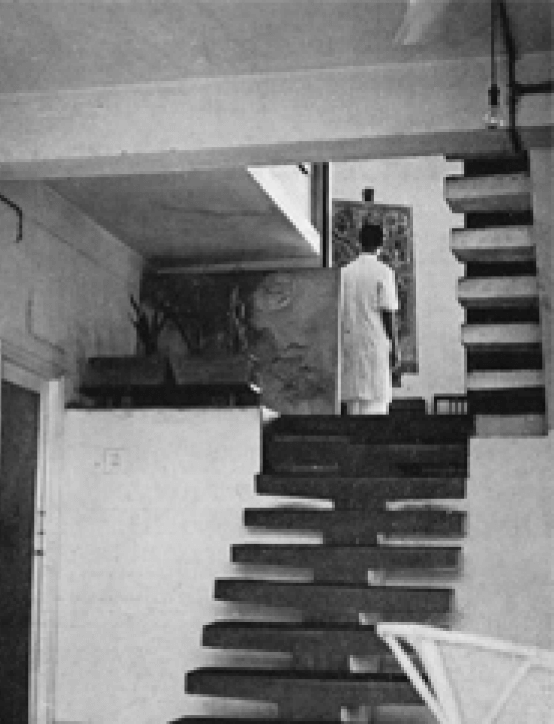
K K HEBBAR WITH PANDIT JAWAHARLAL NEHRU AT THE UNVEILING OF MOULANA AAZAD’S PORTRAIT AT AZAD BHAVAN, 1959
Biography
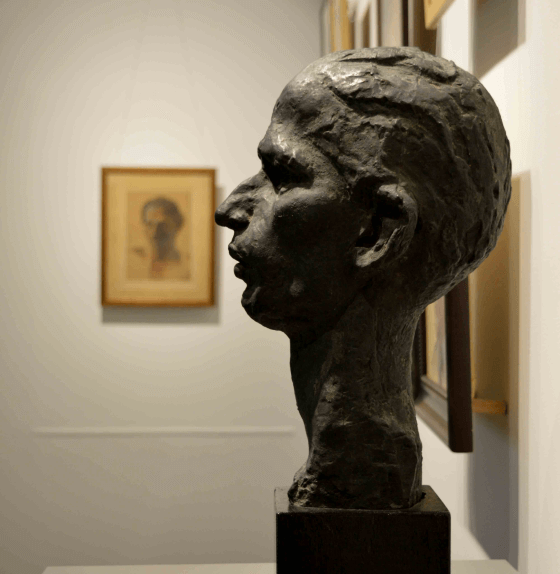
On Portraiture
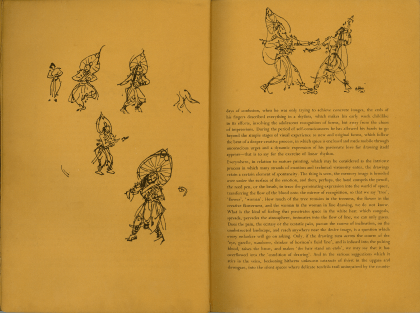
Hebbar’s Aesthetic
Hebbar hailed from Kattingeri, a village near Udupi and had grown up amidst a musical environment rich with folk performative traditions like Yakshagana. His long standing friendship with the cultural polyglot Dr. Shivarama Karanth who also hailed from the same region is well-known. As a young man, Hebbar had learned Kathak from a disciple of Birju Maharaj, not in order to learn dance, he insisted, but in order to instil a sense of rhythm that would reflect in his art works[1]. His singing lines adeptly captured the vibrant energy of Yakshagana dancers in the elaborate costume, complete with the head dress ( ketaki mudhale) and the breast-plate ( kavacha ). In fact the tiny head dress that was later introduced for the costume of female roles in Yakshagana by Dr. Shivarama Karanth has been attributed to a suggestion from Hebbar.
Awards & Distinctions
Collections
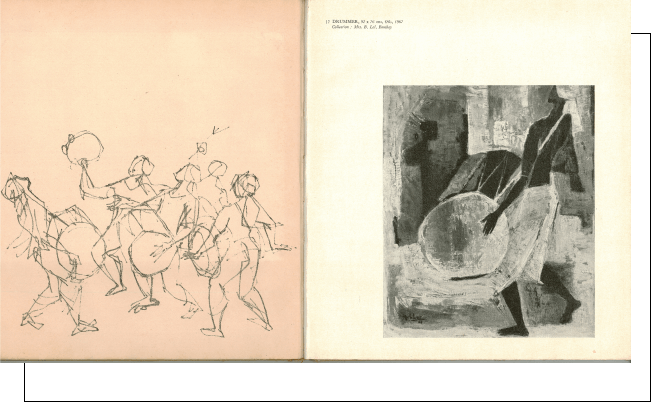
 Location
Location Museum
MuseumGovernment Museum Collection

Commonwealth
Collection Australia

Poland

Czechoslovakia

USSR

Dresden Museum

The Staten Island Institute
of Arts and Science USA
Publications

 1948
1948Nalanda Publication, Mumbai
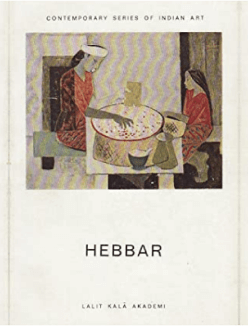
 1960,82 (revised)
1960,82 (revised)Contemporary Artists Series by
Lalit Kala Akademi, New Delhi
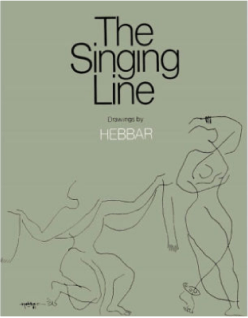
 1964
1964Publication, Mumbai

 1974
1974Publication, New Delhi
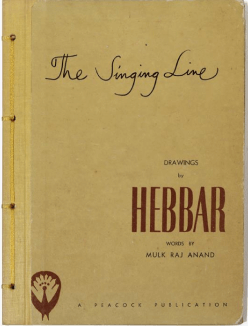
 1982
1982 Abhinav Publication, Mumbai
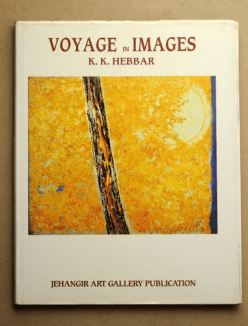
 1991
1991Mumbai
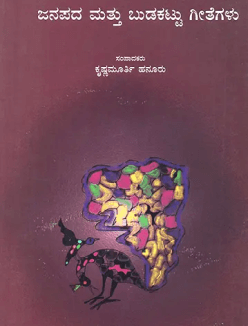
 1999
1999Navakarnataka publication

